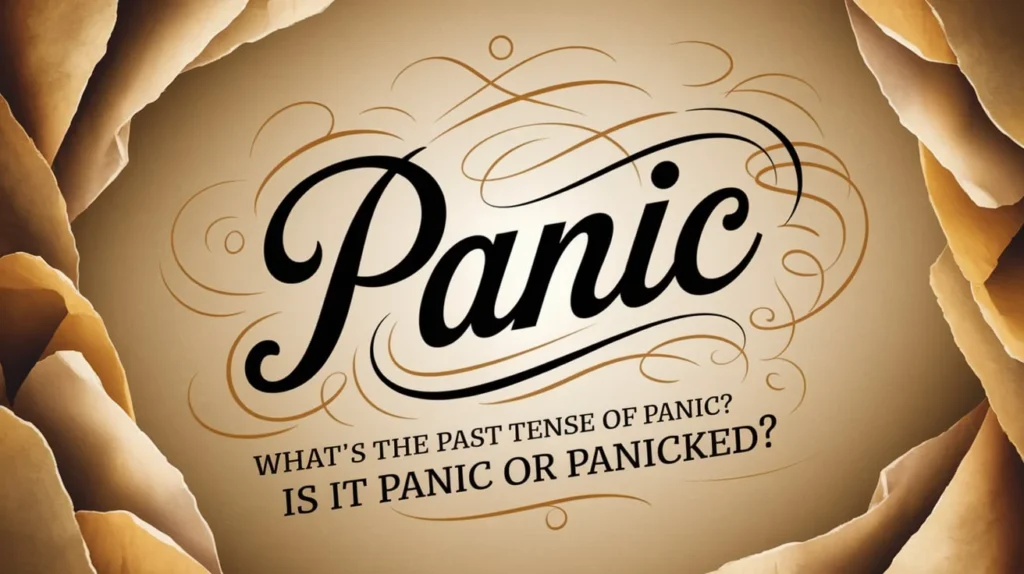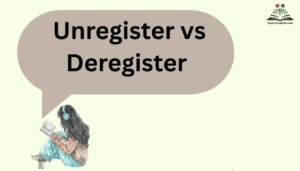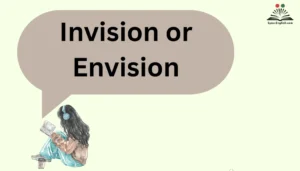Have you ever been in a stressful situation and suddenly felt overwhelmed by an intense sense of fear or anxiety? Perhaps you’ve been in a crowded room, seen something unexpected, or experienced a frightful event—and in the blink of an eye, your heart starts racing, your palms get sweaty, and your mind begins to race. You’re in a state of panic. But when it comes to talking about this sudden burst of emotion, there’s one important question that many people ask: what’s the past tense of panic? Is it “panic” or “panicked”?
Understanding how to use the word panic correctly, including its various forms, is key to mastering language that accurately describes moments of fear and distress. In this article, we’ll explore the meanings of panic or panicked, delve into the grammatical forms of the word, and explain how these terms are used in everyday speech. Whether you’re a student learning grammar or simply curious about how language works, you’ll find detailed and practical answers here.
What Does the Word “Panic” Mean?
To fully understand panic and its forms, it’s essential to begin with its definition. The word “panic” refers to a sudden, overwhelming feeling of fear, often in response to a perceived threat. Panic can happen in response to real or imagined danger, and it can affect individuals in different ways.
- Panic as a Noun: When used as a noun, panic describes the intense feeling of fear or anxiety itself. For example, “The panic in her eyes was unmistakable.”
- Panic as a Verb: As a verb, “to panic” means to experience a sudden onset of fear or anxiety. An example sentence: “I started to panic when I couldn’t find my keys.”
- Panic as an Adjective: “Panic” can also be used as an adjective to describe something that induces fear. For example, “The panicked crowd rushed to the exits when the fire alarm rang.”
The word panic comes from Greek mythology, where the god Pan was known for causing sudden, irrational fear in travelers and animals in remote locations, hence the term panic to describe an unexpected and overwhelming fear response.
“Panic” as a Noun
As a noun, panic refers to the emotional state itself—a sudden and overwhelming feeling of fear. When someone is in a state of panic, they are unable to think clearly, and their response may be exaggerated or irrational.
Usage in Sentences:
- “The panic in the room was palpable when the fire alarm went off unexpectedly.”
- “She was overcome with panic when she realized she had missed the flight.”
Common Contexts:
- Emergencies: The most common usage of panic as a noun occurs in emergency situations, such as during fires, accidents, or natural disasters.
- High-stress situations: Panic can also occur during situations of high stress or uncertainty, like public speaking or exams.
“Panic” as an Adjective
When panic is used as an adjective, it describes something that induces fear, anxiety, or distress. The adjective form highlights the emotional state or reaction to a situation, often emphasizing the urgency or chaos caused by fear.
Usage in Sentences:
- “He made a panicked decision when the alarm went off.”
- “The panicked crowd scrambled for the exits.”
Difference from Noun/Verb Forms:
The key difference is that the adjective panicked is used to describe a state of action or behavior (such as “panicked decisions”), whereas the noun panic refers to the feeling itself. Both forms emphasize fear, but panicked tends to describe a momentary or immediate reaction.
“Panic” as a Verb
As a verb, panic refers to the act of experiencing or causing intense fear. This is typically used when describing someone’s emotional reaction to a situation.
Conjugation of the Verb:
- Present tense: “I panic”
- Past tense: “I panicked”
- Present participle: “I am panicking”
- Past participle: “I have panicked”
Examples in Sentences:
- “She began to panic when she heard the loud crash.”
- “I almost panicked when I realized I lost my phone.”
- “We were all panicking during the long wait in the hospital.”
The verb “to panic” often describes a sudden, uncontrollable emotional state. It can happen in both minor and severe situations.
What is the Past Tense of Panic?
One of the most commonly asked questions about this word is: what’s the past tense of panic? The correct past tense form of panic is “panicked”.
Why People Get Confused:
Many might mistakenly think that the past tense of “panic” could be “panic” itself, as it is sometimes used in conversation. However, in proper English grammar, “panicked” is the accurate past tense.
Examples:
- Correct: “I panicked when the lights went out.”
- Incorrect: “I panic when the lights went out.”
Using panicked accurately conveys that the action (panic) happened in the past, while panic would be a present action or noun, depending on its usage.
How to Pronounce “Panic” and “Panicked”
Pronunciation is an essential aspect of using these words correctly, especially if you’re speaking them aloud in conversations or public speeches.
- Panic is pronounced as /ˈpænɪk/ (PAN-ik), with the stress on the first syllable.
- Panicked is pronounced as /ˈpænɪkt/ (PAN-ikt), where the added “ed” sounds like the “t” in “kit”.
For better clarity, it can be helpful to listen to native speakers or use online resources to hear the correct pronunciation.
The Simple Verb Tense Table
Let’s break down the verb forms of panic in a simple table for easy reference:
| Tense | Verb Form |
| Present Tense | Panic |
| Past Tense | Panicked |
| Present Participle | Panicking |
| Past Participle | Panicked |
This table shows how the verb “panic” changes in different tenses, which will help you use it correctly in any context.
Usage of “Panic” and “Panicked” in Everyday Conversations
Both panic and panicked are used regularly in spoken English, though the two have different meanings and uses.
- Panic in conversation typically refers to the present feeling of fear, such as when someone says, “I am starting to panic.”
- Panicked, on the other hand, describes a past experience or action. For instance, “I panicked during the test because I didn’t study.”
These two forms are commonly used in both casual and formal speech, particularly in situations involving urgency or anxiety.
Common Expressions:
- Panic: “I felt a wave of panic wash over me.”
- Panicked: “He panicked when the phone call ended abruptly.”
By understanding the nuances of these words, you can ensure that your speech and writing convey the right emotional tone and clarity.
Panic: What It Means in Different Contexts
The word panic is versatile and can be used in various contexts, from emergency situations to figurative expressions of fear.
- In a Physical Sense: Panic can describe real, immediate threats, such as a car accident, fire, or natural disaster.
- In a Psychological Sense: Panic also refers to mental health issues, such as panic attacks, where individuals experience intense fear without a clear trigger.
- Figurative Use: Sometimes, panic is used in less serious situations, such as overreacting to a minor inconvenience. For example, “Don’t panic, it’s just a coffee spill.”
Understanding the different ways in which panic is used helps clarify when it’s appropriate to apply each form.
Panicked: Understanding Its Role in Sentences
When panicked is used, it conveys that someone has experienced a sudden, overwhelming fear or anxiety. The past tense form often suggests that the person acted or reacted under stress.
Examples:
- “He panicked when he realized he was late for the meeting.”
- “I almost panicked when I thought I had lost my wallet.”
Unlike panic, which is often used in the present tense to describe a feeling, panicked refers to the action that took place in the past.
Synonyms of Panic
If you’re looking to diversify your vocabulary, there are several synonyms of panic that can be used in specific situations:
- Alarmed: Sudden fear or concern.
- Frantic: A state of wild or desperate fear.
- Terrified: Extreme fear.
- Anxious: A feeling of unease or worry.
- Agitated: Nervous or anxious with heightened emotions.
Usage in Sentences:
- “She was frantic when she couldn’t find her child in the crowd.”
- “His agitated state was evident after the announcement.”
These synonyms are helpful in varying your language and capturing different shades of fear.
Conclusion
To wrap up, we’ve explored the many aspects of panic and its past tense panicked. We’ve seen that while panic refers to the current emotional state of fear, panicked describes the past action of experiencing that fear. Understanding the correct forms of the word, along with its usage in different tenses, can help you speak and write more clearly.
When you’re feeling a rush of fear, remember the right way to describe it: use panicked for the past tense and panic for the present. Whether you’re using these words in everyday conversations or academic writing, knowing the nuances of panic and panicked will make your communication clearer and more precise.
Call to Action
Have you ever experienced a moment of panic? Or have you ever mistakenly used panic in the past tense? Share your thoughts and experiences in the comments below! If you found this guide helpful, check out our other grammar tips and vocabulary guides for more useful language insights.
FAQs: Past Tense of Panic
What is the correct past tense of the word “panic”?
The correct past tense of “panic” is “panicked”. For example: “She panicked when the fire alarm rang.”
Is “panic” ever used as a past tense verb?
No. “Panic” is the base or present tense form. Using it as past tense is grammatically incorrect. Instead, say “panicked”.
Why does “panic” change to “panicked” in the past tense?
Because “panic” ends with a “c,” we add a “k” before adding “-ed” to maintain correct English spelling rules. So it becomes “panicked” not “paniced.”
What is the present participle of panic?
The present participle is “panicking.” Example: “He is panicking over the exam results.”
Is “panicked” an adjective or a verb?
It can be both:
- As a verb: “I panicked during the storm.”
- As an adjective: “Her panicked reaction surprised everyone.”




